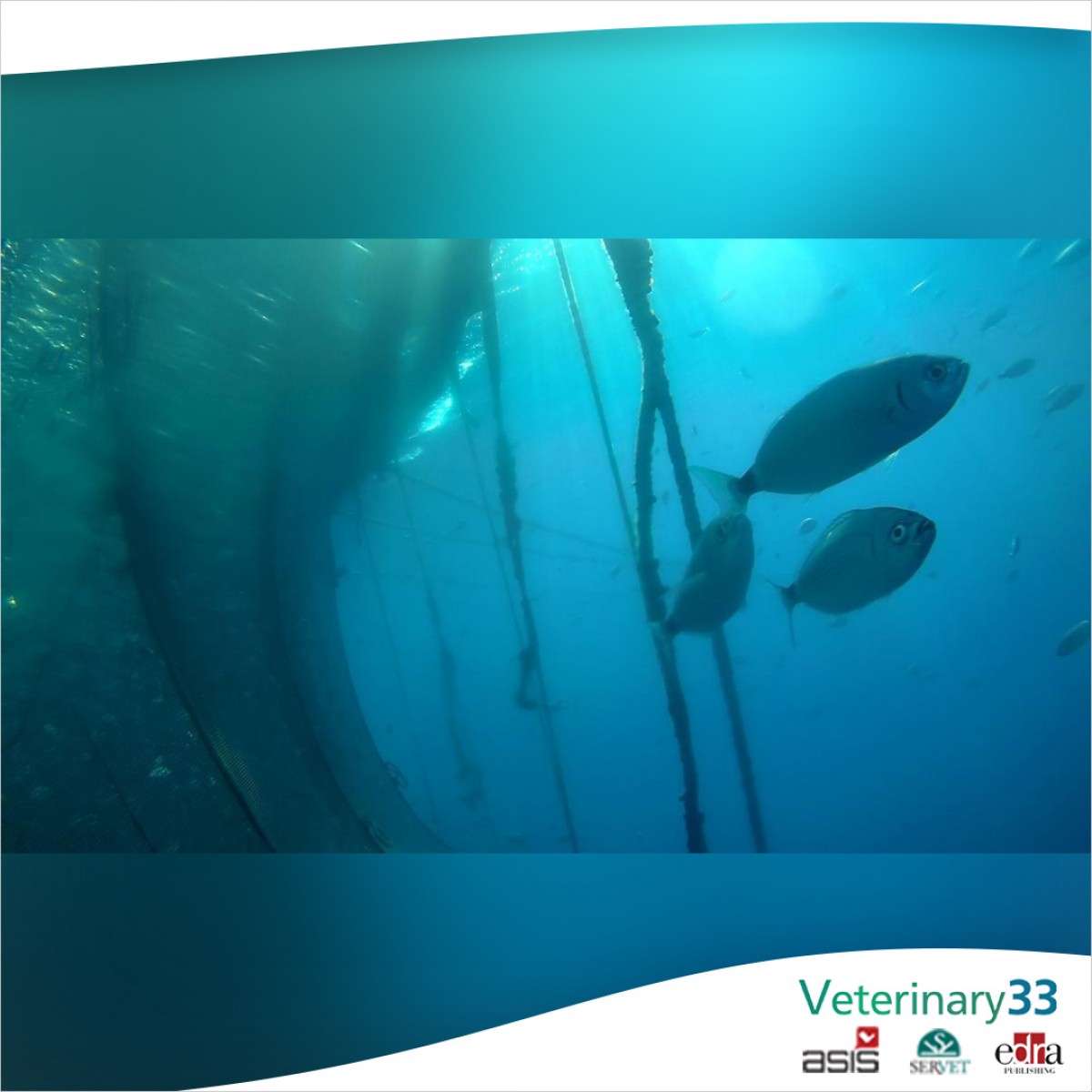11,000 images for the study of the wild fauna that surrounds aquaculture farms
Coinciding with the celebration of Aquaculture Day, on November 30, researchers from the Faculty of Veterinary Medicine of the CEU Cardenal Herrera University (CEU UCH) in Valencia have presented the results of the third edition of the Parapez project for the evaluation of the transmission of parasitism in farmed and wild fish species in marine farms and their environment.
The SAIGAS group of the CEU UCH develops this project in aquaculture farms located in the open sea in the waters of the Canary Islands and the Valencian Community. Through the Program high tide, it has the Biodiversity Foundation, the Ministry for the Ecological Transition, and the Demographic Challenge, co-financed by the European Maritime and Fisheries Fund (EMFF). Marine resources in global nutrition.
Study of wildlife through underwater images
In this third edition of the Parapez study, obtaining nocturnal underwater images in the open sea has made it possible to complete the study of the wild fauna that surrounds the aquaculture farms participating in the study. In total, around 11,000 images have been studied. In addition to species common in these environments, such as the bogue, the sardinella, or the palometón, other species of interest have been identified, such as the bottlenose dolphin (Tursiops truncatus), the bluefin tuna (Thunnus thynnus) or the loggerhead sea turtle (Caretta caretta ), in addition to different species of rays.
In terms of parasitological analysis, the CEU UCH research team has taken a total of 533 samples, of which 194 have been taken from farmed fish nurseries: sea bream and sea bass. Another 121 samples have been obtained from fish acquired in different markets of the Valencian Community, and 218 samples have been taken from fish of species that live around the nurseries of the marine farms.
Low prevalence of nematodes
According to the main researcher of the study and CEU UCH professor Jordi López Ramon, "the result of the analysis of these samples has shown a low prevalence of nematodes, parasites found in the digestive system of different wild samples, both in the samples of the different fish markets, as in wild fish that live around the culture nurseries studied. In the case of aquaculture animals, this type of parasite has not been found. This study of the parasitofauna of wild and farmed fish species makes it possible to guarantee both biodiversity and the preservation of wild marine fauna, as well as the food safety of the aquaculture products obtained and to improve the health and well-being of fish farmed in farms installed in the open sea".









List
Add
Please enter a comment